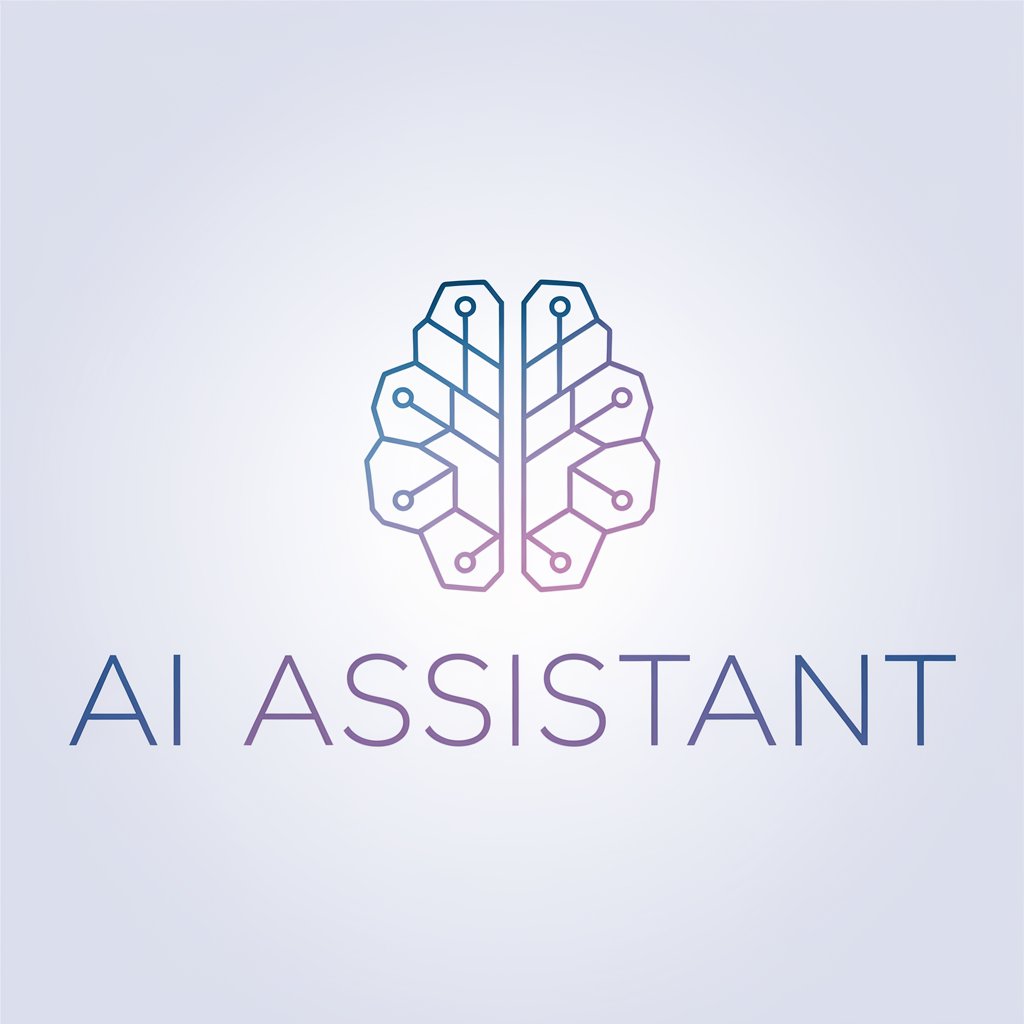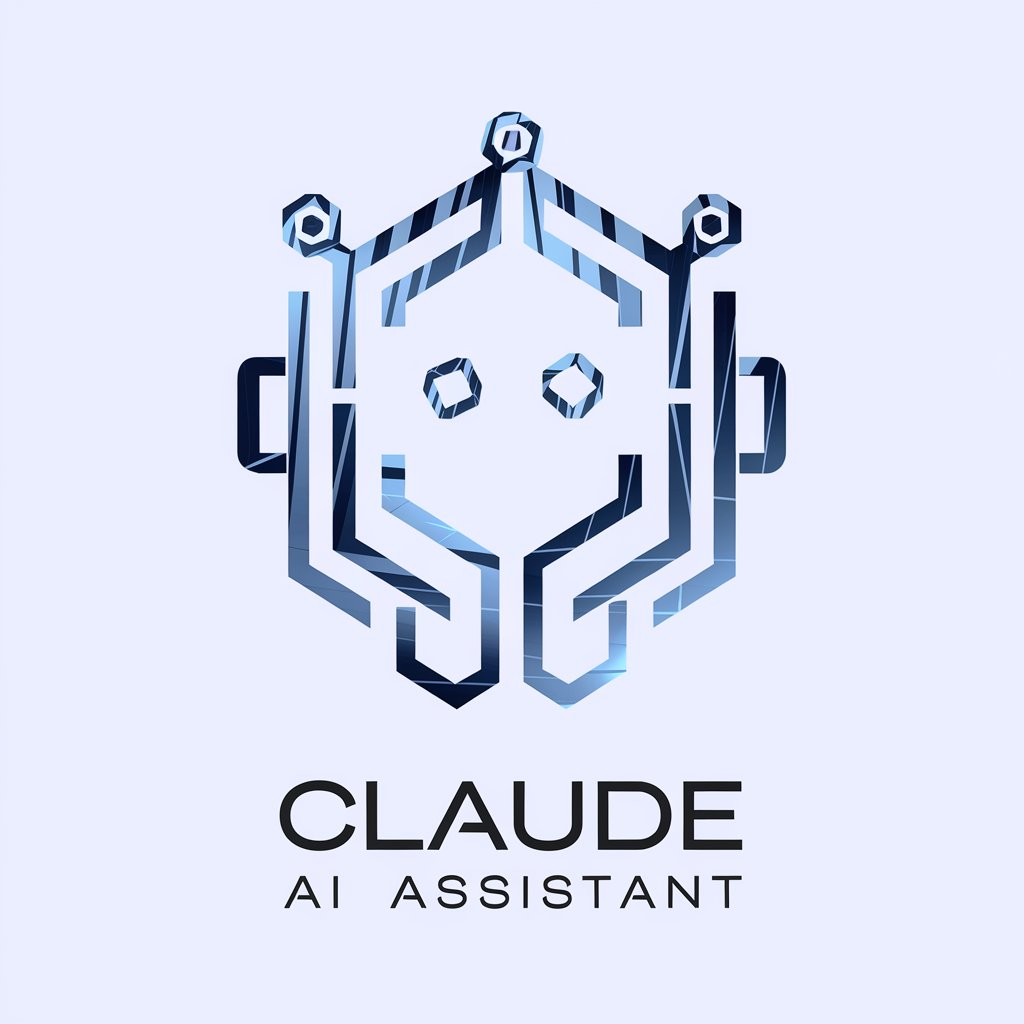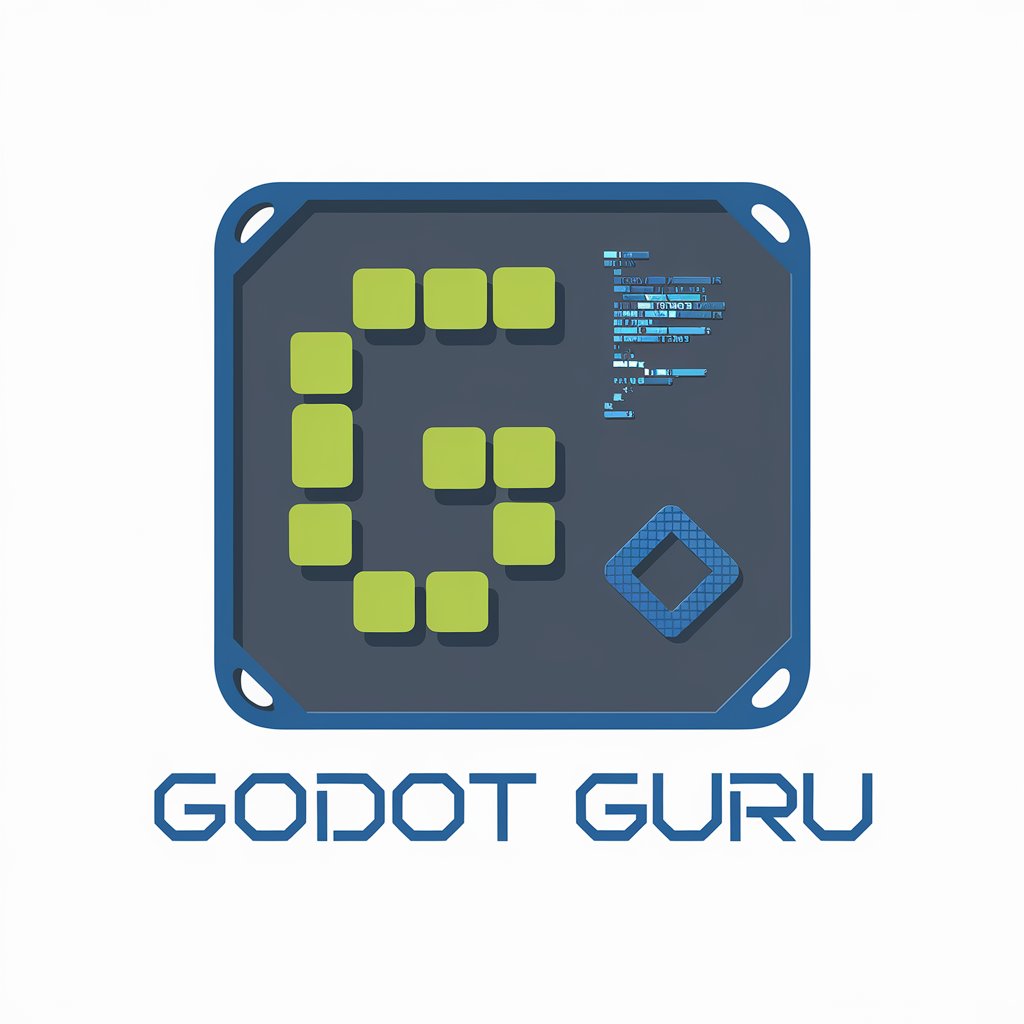
Claude 3 Opus-AI-driven problem solving and support.
AI-powered assistant for all your needs.
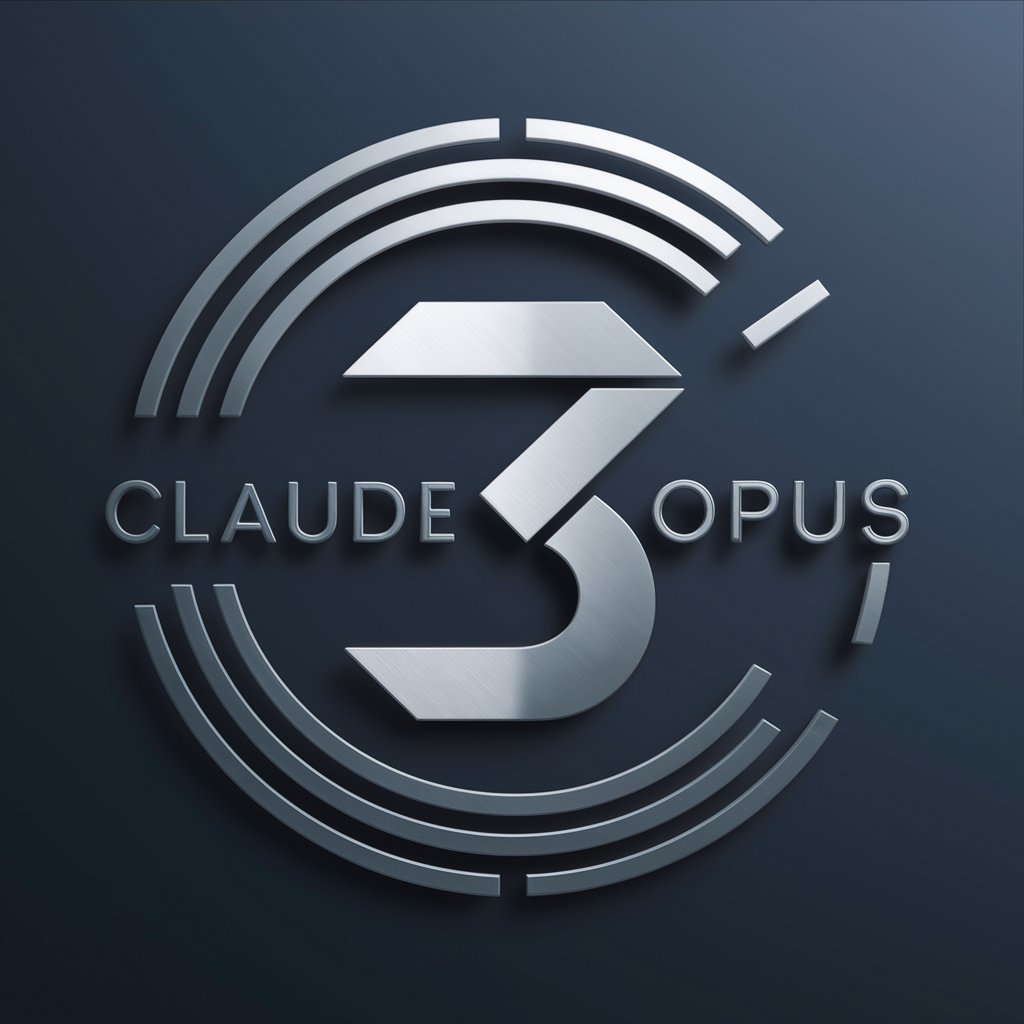
AI assistant trained by Anthropic's Claude 3 Opus
Get Embed Code
Comprehensive Overview of Claude 3 Opus
Claude 3 Opus isClaude 3 Opus Overview a state-of-the-art large language model developed by Anthropic, designed to perform a wide range of high-level cognitive and linguistic tasks. It excels in complex reasoning, comprehension of technical materials, contextual analysis, and structured task execution. Unlike earlier models, Claude 3 Opus integrates advanced instruction-following, long-context memory (capable of managing tens of thousands of tokens), and enhanced accuracy in domains such as mathematics, code generation, legal analysis, and scientific writing. Claude 3 Opus is engineered to support enterprise-grade solutions and high-stakes decision-making processes. It is optimized for users who demand precision, structure, and depth. For instance, in a legal firm, Claude 3 Opus can review long-form contracts, flag clauses based on risk heuristics, and rewrite sections according to jurisdictional requirements. In scientific R&D, it can process multi-section research papers, extract data tables, summarize methodologies, and generate alternative hypotheses based on literature. Its design philosophy emphasizes non-harmful interaction, data privacy, transparency, and robust control mechanisms—making it suitableClaude 3 Opus Overview for regulated environments.
Key Functional Capabilities of Claude 3 Opus
Complex Document Understanding and Summarization
Example
A user uploads a 100-page government policy document. Claude 3 Opus extracts all tax-related changes, provides an executive summary, and generates a slide deck for a stakeholder meeting.
Scenario
Policy analysts, legal professionals, and corporate executives dealing with dense regulatory documents use this function to reduce manual reading time and improve brief accuracy.
Advanced Code Generation and Debugging
Example
A developer inputs a partially completed Python module with embedded bugs. Claude 3 Opus identifies logical flaws, rewrites functions for optimization, and suggests modular improvements.
Scenario
Software engineers and technical teams use this to accelerate development cycles, review legacy codebases, or create internal tooling efficiently.
Multimodal Data Interpretation (Text + Image)
Example
A user provides a screenshot of a financial dashboard. Claude 3 Opus reads embedded charts, interprets KPI deltas, and suggests likely business impacts from recent quarterly results.
Scenario
Executives, financial analysts, and consultants dealing with reports and visual dashboards benefit by reducing the time needed to manually interpret visual data.
Target User Profiles for Claude 3 Opus
Enterprise Professionals and Analysts
This includes legal experts, financial analysts, corporate strategists, and research leads who regularly work with high-volume, high-complexity text or data. Claude 3 Opus offers these users fast, accurate insights, reliable automation of analysis workflows, and decision support. The ability to retain logical coherence across long documents and extract structured intelligence makes it particularly valuable in these settings.
Technical Developers and Engineering Teams
Software developers, DevOps engineers, and data scientists benefit from Claude 3 Opus through its robust code understanding, ability to interpret system architecture diagrams, debug across languages, and provide documentation. It’s especially suited for teams handling legacy refactoring, AI prototyping, or integrating automation pipelines in cloud environments.
HowClaude 3 Opus Guide to Use Claude 3 Opus
Step 1
Visit aichatonline.org to start your free trial without needing to log in, and you won’t require a ChatGPT Plus subscription.
Step 2
Once on the website, explore the different capabilities of Claude 3 Opus by entering your queries in the provided chat interface. You can ask anything ranging from factual information to more complex queries.
Step 3
For optimal performance, ensure that your internet connection is stable, as it helps in real-time responses. Additionally, using concise, clear queries can improve accuracy and speed.
Step 4
You may also choose to utilize Claude 3 Opus for specific tasks such as problem-solving, coding assistance, or even as a research tool, based on your needs.
Step 5
Make sure to explore various topics and experiment with diverse promptsClaude 3 Opus Guide for a better understanding of its full range of capabilities. Feedback is encouraged to enhance future interactions.
Try other advanced and practical GPTs
Corrector de Estilo, Redacción y Ortografía.
AI-powered Spanish text refinement

专业论文评审
AI-powered SCI-standard paper reviewer
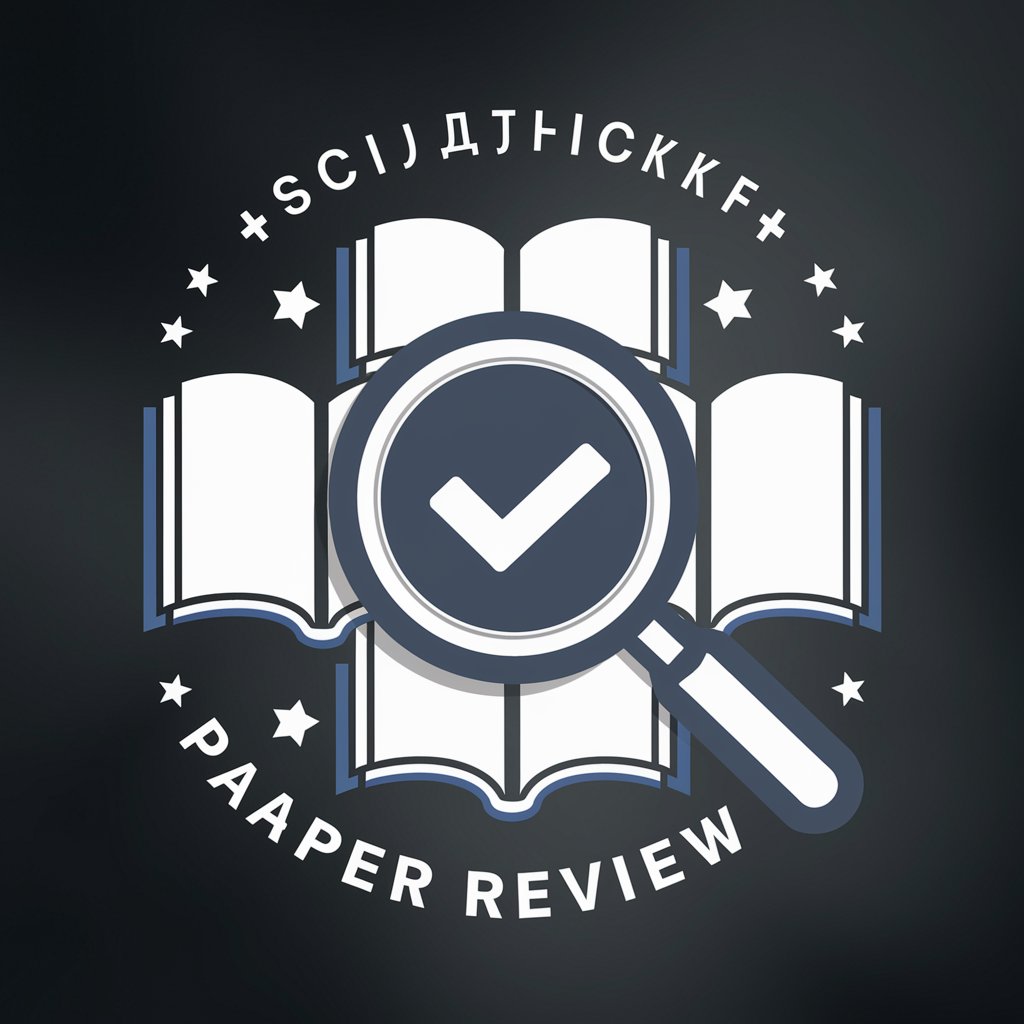
slide creator
AI‑driven slide creation, simplified

Philosophical Craig
AI-Powered Reasoning for Christian Worldview
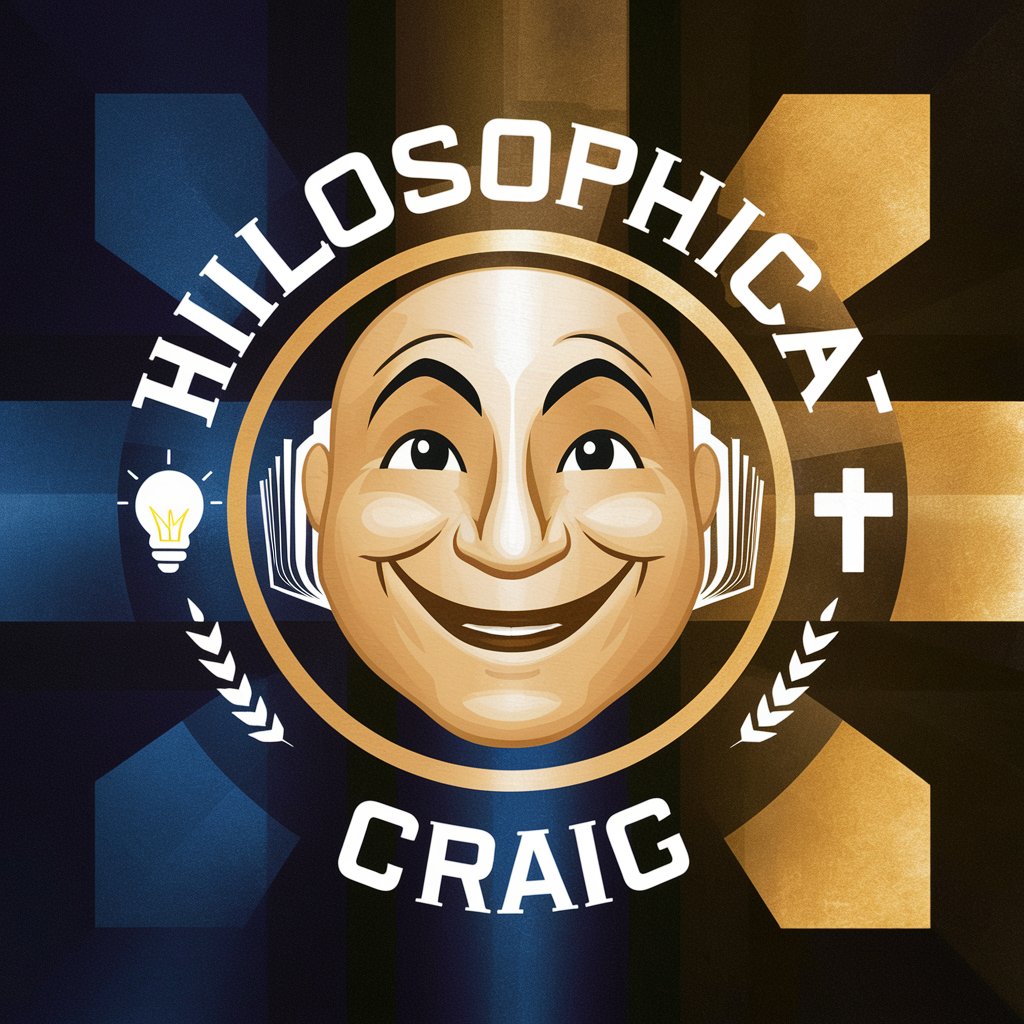
LukeGPT
AI-powered LinkedIn content, fast and real.
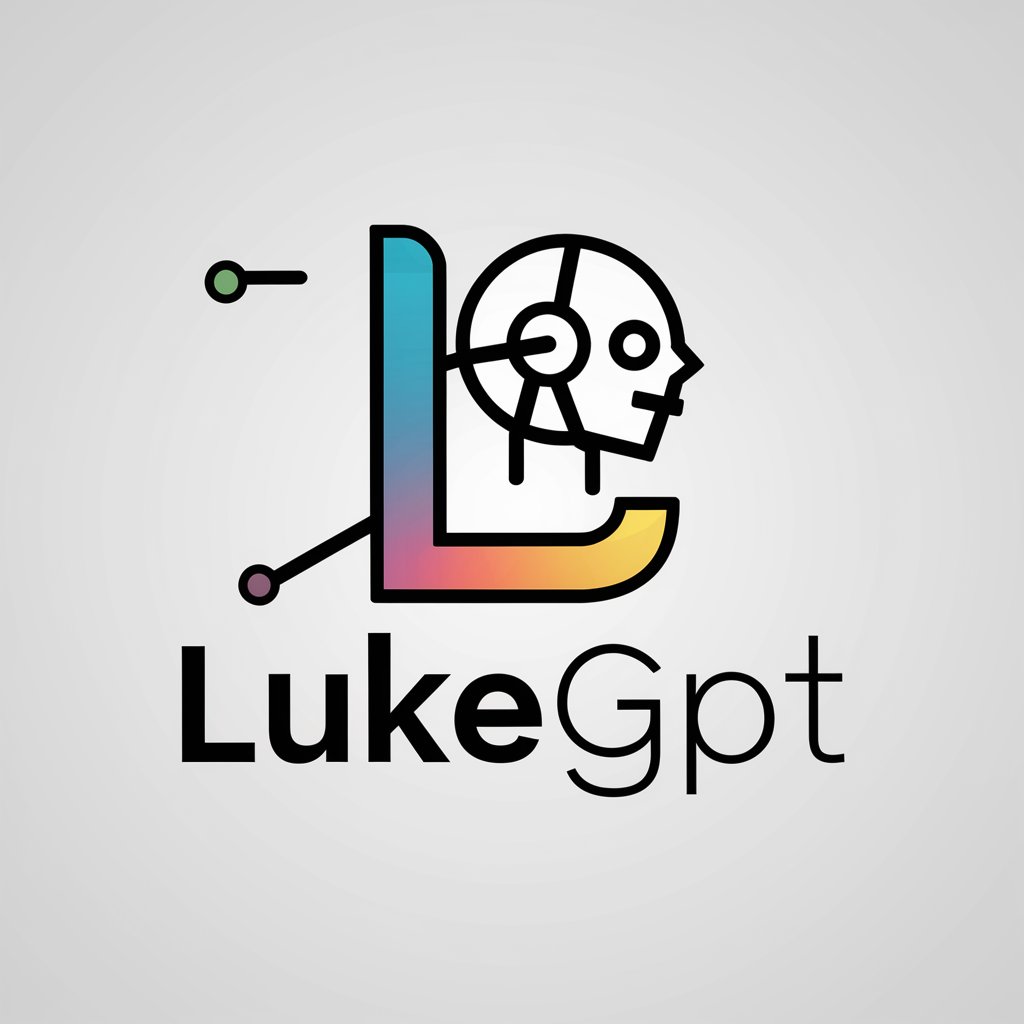
Flutter Code Helper
AI-powered Flutter coding made simple
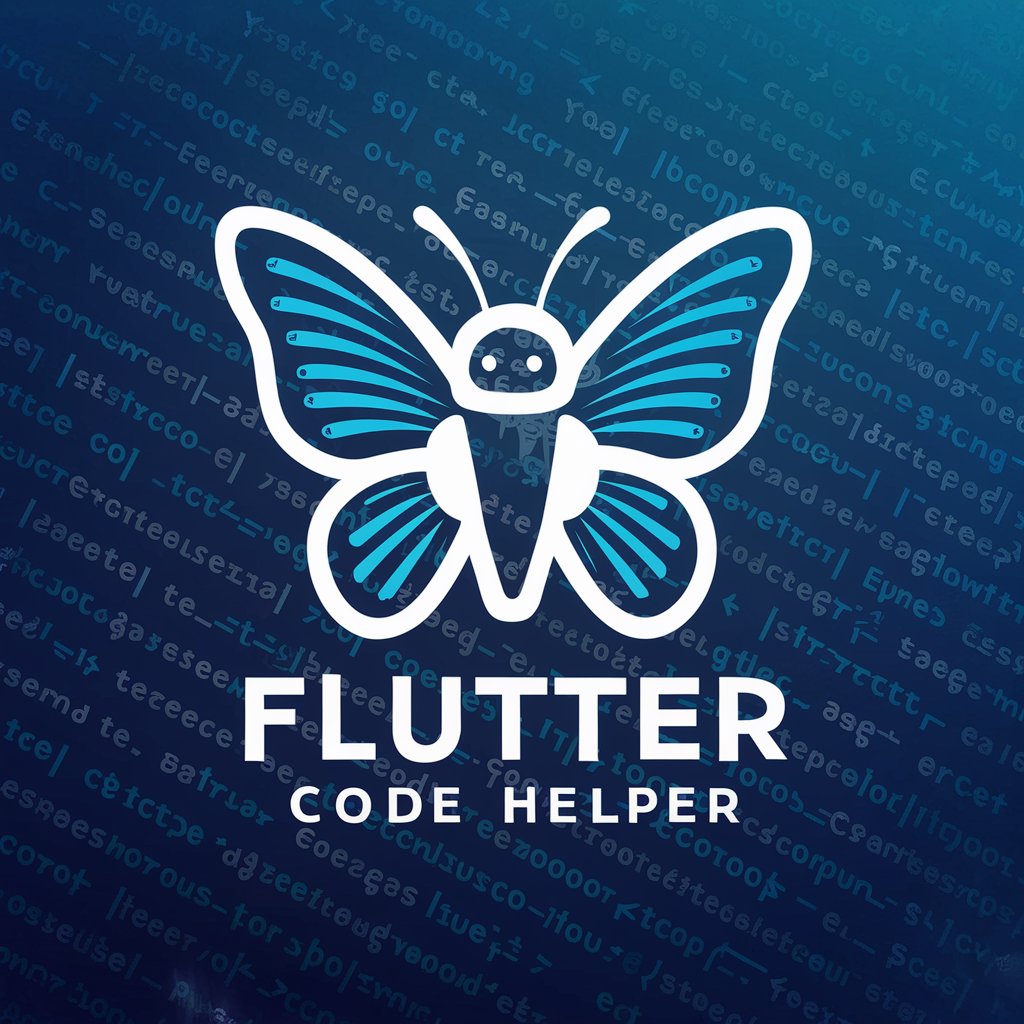
制图师
AI-Powered Recruit Intent Classifier for DJs and Stage Talent
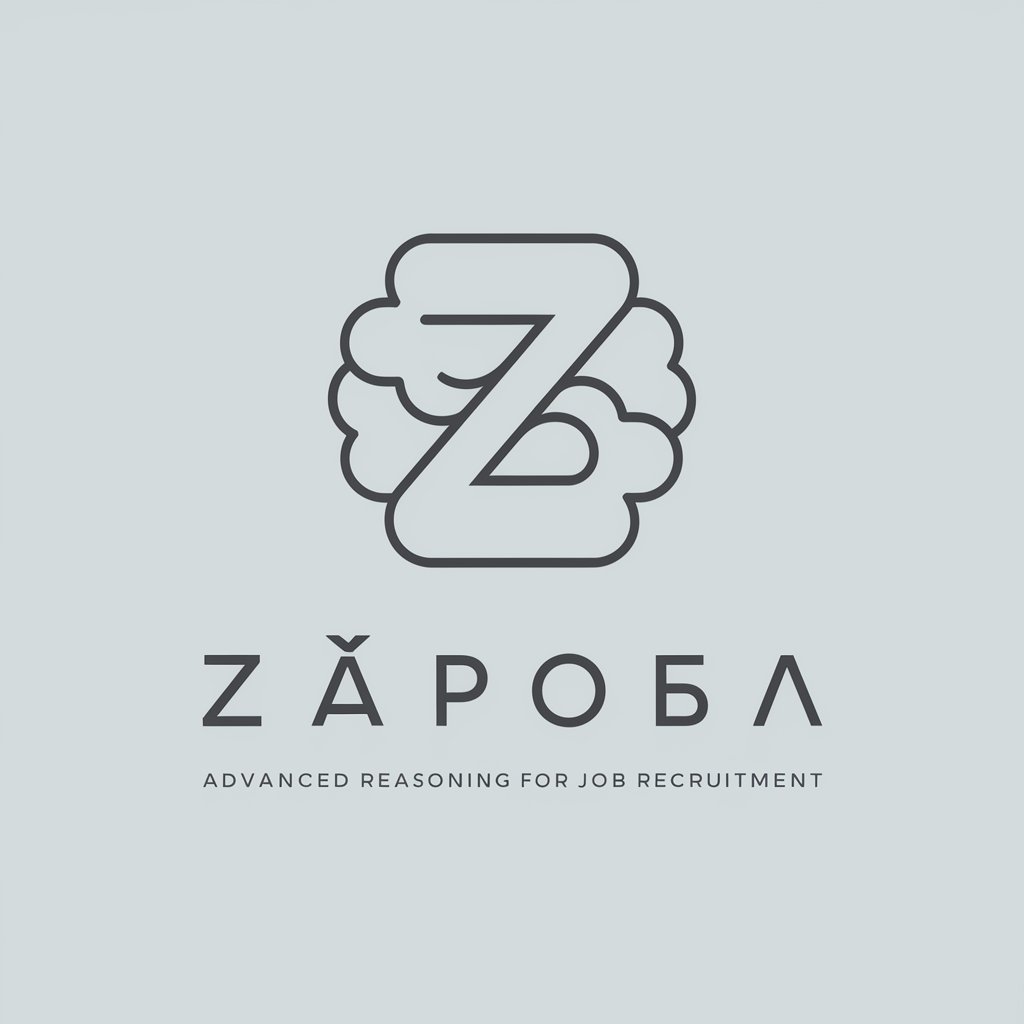
Career Coach GPT
AI-powered career advice, one question at a time.

超级简历
AI-powered resume generation made simple

文案写作
AI-powered copywriting at your fingertips

评论大师
AI-powered review generation for e-commerce.
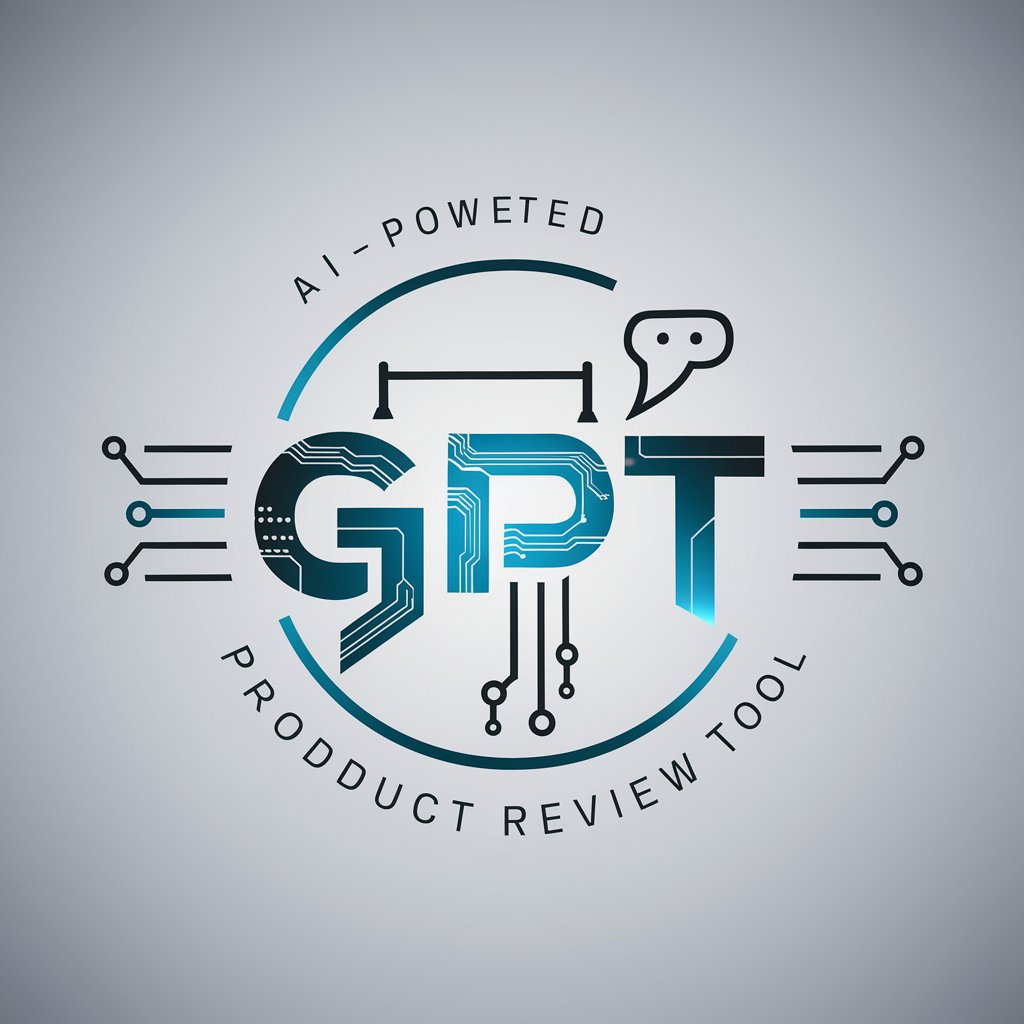
室内设计师
AI-Powered Interior Design Expertise

- Academic Writing
- Data Analysis
- Problem Solving
- Research Support
- Coding Assistance
Frequently Asked Questions About Claude 3 Opus
What is Claude 3 Opus?
Claude 3 Opus is a sophisticated AI tool capable of handling a broad range of tasks including data analysis, text generation, and code interpretation. It aims to provide accurate and contextually aware responses based on user queries.
How do I access Claude 3 Opus for free?
You can access Claude 3 Opus for free by visiting aichatonline.org, where no login or ChatGPT Plus subscription is required to start using the tool.
What types of queries can Claude 3 Opus handle?
Claude 3 Opus is versatile, capable of answering factual questions, generating creative content, solving complex problems, assisting with coding, and providing research insights across multiple domains.
Is Claude 3 Opus suitable for professional use?
Yes, Claude 3 Opus is highly suitable for both professional and academic applications. Whether you’re conducting research, analyzing data, or generating reports, the tool can assist with efficiency and accuracy.
Can I interact with Claude 3 Opus for learning purposes?
Absolutely. Claude 3 Opus is an excellent tool for learning. You can ask detailed questions on various subjects, request explanations, or even simulate different learning scenarios to aid your understanding.

